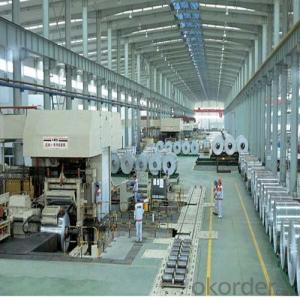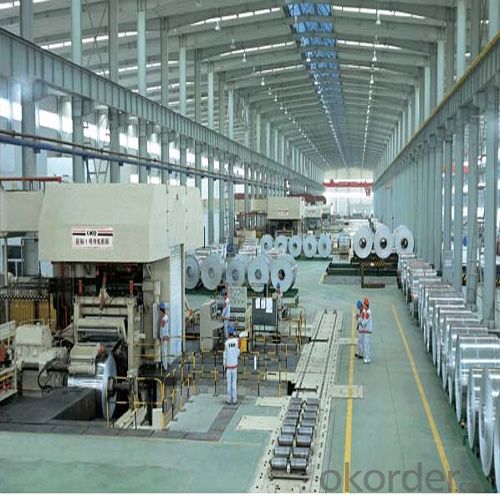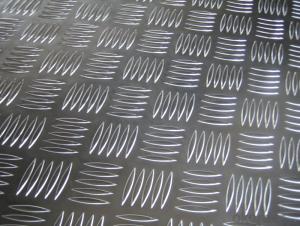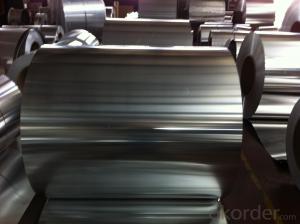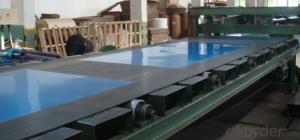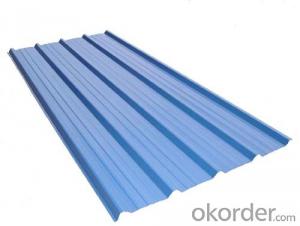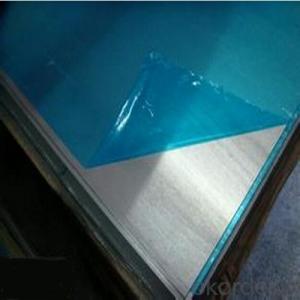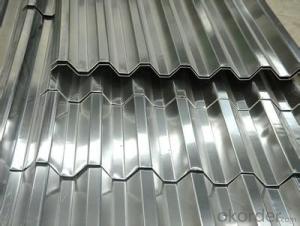Aluminum Flashing Sheets for Roofing Decoration Cladding
- Loading Port:
- Shanghai
- Payment Terms:
- TT OR LC
- Min Order Qty:
- 5 m.t.
- Supply Capability:
- 10000 m.t./month
OKorder Service Pledge
OKorder Financial Service
You Might Also Like
Specification
1.Structure of Aluminum Cladding Sheet for Roofing Decoration Description:
Aluminum Cladding Sheet for Roofing Decoration is produced advanced technology. Selecting qualified materials and the products have been tested and approved by National Test and Inspection Center for Building Materials, and also tested and approved by European and American Quality Testing System, in accordance with GB/T17748-1999 standards. As one of the international famous brands, IDEABOND developed and researched new products on the basis of aluminum-plastic plate, including fireproof aluminum-plastic composite plate, titanium zinc composite plate, titanium compound plate and stainless steel composite plate etc.
When selecting materials, quality is our utmost imperative but suitability for a particular building and climate is also vital. We consider a material cost-effective and appropriate for a project only if it can retain its function and appearance in the face of environmental influences for decades to come. Long inte
rvals between cleaning and ease of maintenance are further considerations.
2.Main Features of Aluminum Cladding Sheet for Roofing Decoration :
Good Corrosion Resistance
Good Machinability
High Quality
Competitive Price
3. Aluminum Cladding Sheet for Roofing Decoration Images:
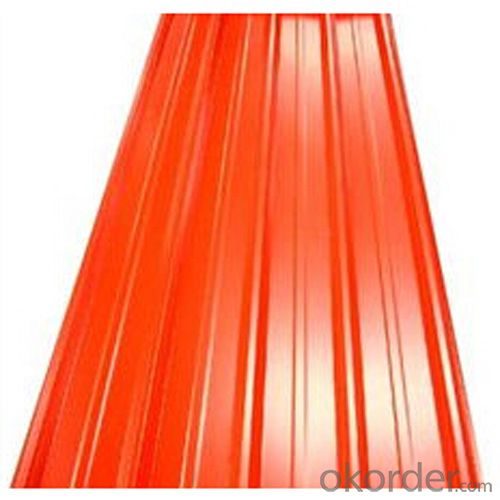
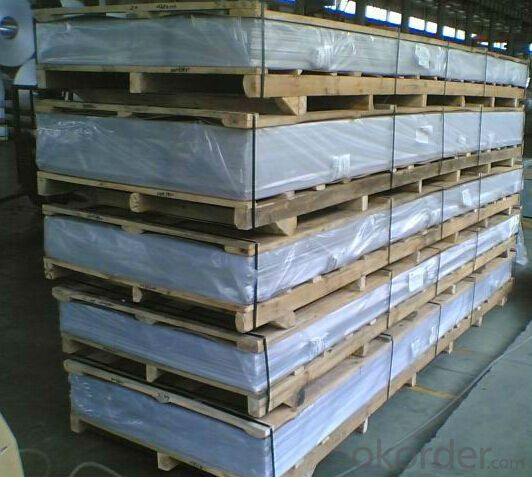
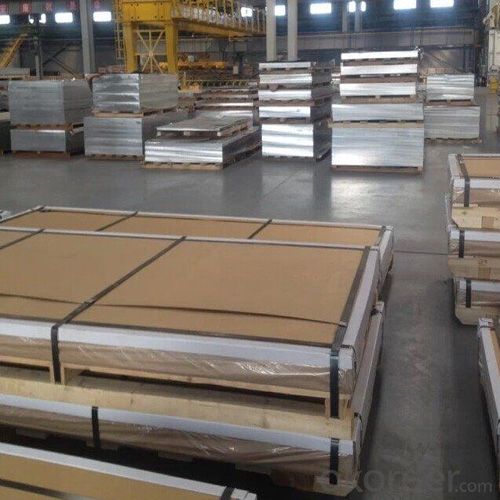
4. Aluminum Cladding Sheet for Roofing Decoration Specification:
| Alloy No. | Thickness (mm) | Width (mm) | Length (mm) | Temper | |
| A1050,A1060, A1070,A1100 | 0.2-100 | 20-2200 | 20-8000 | O,H12,H22,H14,H16,H18, H24,H26,etc | |
| 3A21,A3003,A3105,A3004 | 0.2-100 | 20-2200 | 20-8000 | O,H14,H18,H24,etc | |
| A5052 ,A5005,A5083,A5754 | 0.2-100 | 20-2200 | 20-8000 | O,H18,H24,H32,H34,H111,H112 ,etc | |
| A6061,A6082,A6063 | 0.2-200 | 20-2200 | 20-8000 | T4,T6, T651,etc | |
| A8011 | 0.2-100 | 20-2200 | 20-8000 | O,H12,H22,H14,H16,H18,H24,H26, etc | |
5.FAQ
Q1.How long have you been in this product?
A1:More than 10 years.
Q2. What's the minium quantity(MOQ)?
A2. 5 Metric tons
Q3. How long is shipping time?
A3. 7 (ready-made products)-25 days(OEM)
Q4. How do you guarantee the quality?
A4. 1. Cooperating and Exchaning experience with sevral quoted aluminum companies
2. Japanese and Swiss production line and skilled works (regular training and testing)
3. more than 10 years production experience.
Q5. Do you have after sale service?
A5. Yes. Any quality problem occurs within one year, pls take photoes,we will be responsible.
- Q: What is the typical modulus of elasticity of aluminum sheets?
- The typical modulus of elasticity of aluminum sheets is around 70 GPa (Gigapascals).
- Q: Can 101 aluminum sheets be stamped or engraved?
- Yes, 101 aluminum sheets can be stamped or engraved.
- Q: This question asks for a list of various methods used to treat the surface of aluminum sheets to improve their properties or appearance.
- <p>There are several types of surface treatment for aluminum sheets, each serving different purposes. These include: Anodizing, which creates a protective oxide layer and enhances corrosion resistance; Chemical Conversion Coating, such as chromate conversion, to improve paint adhesion and corrosion resistance; Electrolytic Polishing, which provides a smooth, shiny surface; Powder Coating, an electrostatic process that applies a durable coating; Paint Coating, offering a wide range of colors and finishes; and Mechanical Polishing, which smooths the surface and improves reflectivity. Each treatment has its specific applications and benefits, depending on the desired outcome for the aluminum sheet.</p>
- Q: What is the typical tensile strength of aluminum sheets?
- The specific grade or alloy being used can cause variations in the typical tensile strength of aluminum sheets. Typically, the tensile strength of aluminum sheets falls between 20,000 and 50,000 pounds per square inch (psi). It is worth mentioning that this is a wide range and the exact tensile strength can be affected by factors such as the sheet's thickness, the manufacturing process, and any additional treatments or coatings applied to the aluminum. Hence, it is advisable to refer to the manufacturer's or supplier's specifications for accurate information regarding the tensile strength of a particular aluminum sheet.
- Q: Is it possible to use aluminum sheets for roofing purposes?
- <p>Yes, aluminum sheets can be used as roofing materials. They are known for their durability, lightweight, and resistance to corrosion. Aluminum is also recyclable and can be coated with various finishes to enhance its appearance and performance. It is a popular choice for both residential and commercial roofing due to its low maintenance requirements and long lifespan.</p>
- Q: What are the different methods of surface cleaning for adhesive bonding of aluminum sheet?
- There are multiple techniques available for surface cleaning when it comes to adhesive bonding of aluminum sheet. These techniques comprise mechanical cleaning, chemical cleaning, and plasma cleaning. 1. In the case of mechanical cleaning, the objective is to physically eliminate any impurities or debris from the aluminum sheet's surface. This can be accomplished through various means such as sanding, grinding, or scrubbing with abrasive materials. Although mechanical cleaning effectively gets rid of loose particles and surface imperfections, it may not be able to eliminate all types of contaminants. 2. Chemical cleaning, on the other hand, involves the utilization of specific cleaning agents or solvents to eliminate impurities from the aluminum surface. These cleaning agents have the ability to dissolve or dislodge dirt, grease, oil, or other organic substances. To ensure thorough surface preparation, chemical cleaning is often combined with mechanical cleaning. It is crucial to select a cleaning agent that is compatible with both the adhesive and the aluminum sheet to avoid any adverse reactions. 3. Plasma cleaning, a more advanced technique, employs ionized gases to clean and activate the surface of the aluminum sheet. The plasma generates reactive species that can break down and eliminate contaminants, while also creating active sites for improved adhesion. Plasma cleaning is highly effective in removing organic and inorganic impurities, as well as oxide layers that might impede bonding. Each method possesses its own strengths and limitations, and the choice of surface cleaning technique relies on the specific requirements of the adhesive bonding process. Thorough evaluation of the surface condition and identification of the type of contaminants present are crucial in determining the most suitable cleaning method. Additionally, proper adherence to surface preparation techniques is vital to ensure successful adhesive bonding of aluminum sheet.
- Q: What are the different cutting tools used for aluminum sheets?
- There are several cutting tools that can be used for aluminum sheets. 1. Circular Saw: A circular saw with a carbide-tipped blade can be used to cut aluminum sheets. It is important to use a blade with fine teeth to ensure a clean and smooth cut. 2. Jigsaw: A jigsaw equipped with a metal-cutting blade can also be used to cut aluminum sheets. This tool allows for more intricate cuts and curves. 3. Bandsaw: A bandsaw with a fine-toothed blade is another option for cutting aluminum sheets. It provides a straight and precise cut, making it ideal for larger or thicker sheets. 4. Shears: Electric or manual shears can be used to cut aluminum sheets. They are particularly useful for straight cuts and can achieve a clean finish. 5. Plasma Cutter: A plasma cutter can be used for cutting aluminum sheets, especially for thicker materials. It uses high-temperature plasma to melt through the metal, resulting in a precise and efficient cut. 6. Laser Cutter: Laser cutting machines are commonly used for cutting aluminum sheets. They produce a high-powered laser beam that melts and vaporizes the material, allowing for precise and intricate cuts. It is important to wear appropriate safety gear, such as gloves and goggles, when using any of these cutting tools. Additionally, choosing the right tool depends on the thickness of the aluminum sheet and the desired cut. It is recommended to consult a professional or refer to the manufacturer's guidelines for the specific tool being used.
- Q: Can the aluminum sheets be used for packaging applications?
- Yes, aluminum sheets can be used for packaging applications.
- Q: Are aluminum sheets suitable for lightweight structures?
- Indeed, aluminum sheets prove to be a fitting choice when it comes to lightweight structures. Renowned for its low density and impressive strength-to-weight ratio, aluminum emerges as an optimal material for applications requiring reduced weight. Industries such as aerospace, automotive, and construction frequently rely on aluminum sheets due to their exceptional corrosion resistance, durability, and malleability. These properties facilitate effortless fabrication and installation. Moreover, the versatility of aluminum sheets extends to their effortless joining through diverse welding and adhesive methods, thereby bolstering their aptness for lightweight structures.
- Q: Can aluminum sheets be used for heat exchangers?
- Indeed, heat exchangers can utilize aluminum sheets. Aluminum, known for its remarkable heat conductivity, proves to be a perfect choice when it comes to heat exchangers. Its superior thermal conductivity facilitates exceptional heat transfer between fluids, leading to efficient heat exchange. Moreover, aluminum sheets possess the advantages of being lightweight, resistant to corrosion, and exhibiting commendable mechanical properties. These additional attributes further enhance their suitability for various heat exchanger applications.
Send your message to us
Aluminum Flashing Sheets for Roofing Decoration Cladding
- Loading Port:
- Shanghai
- Payment Terms:
- TT OR LC
- Min Order Qty:
- 5 m.t.
- Supply Capability:
- 10000 m.t./month
OKorder Service Pledge
OKorder Financial Service
Similar products
Hot products
Hot Searches
Related keywords
